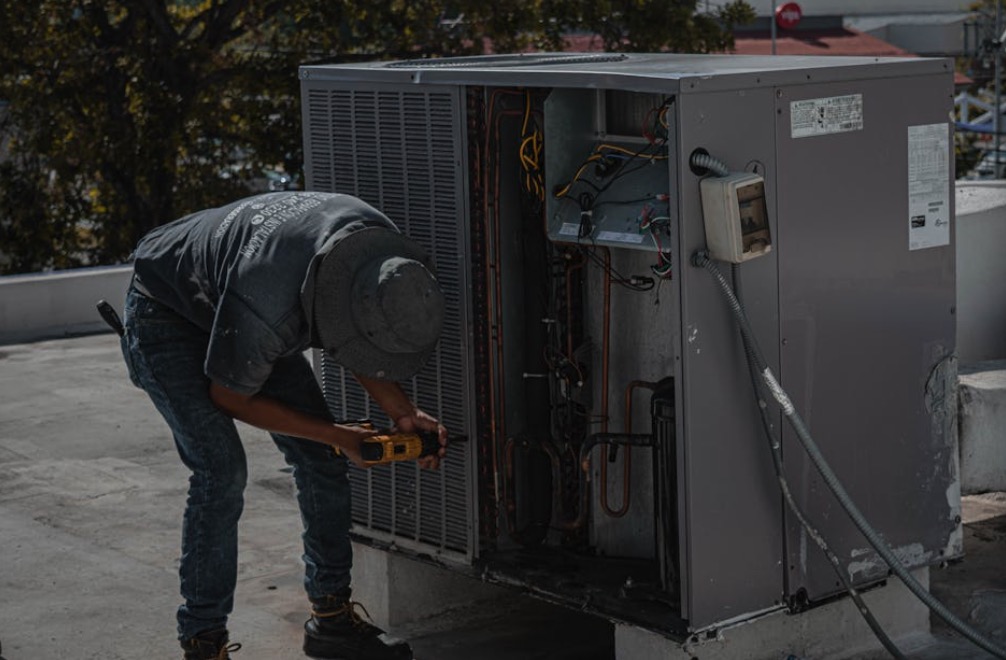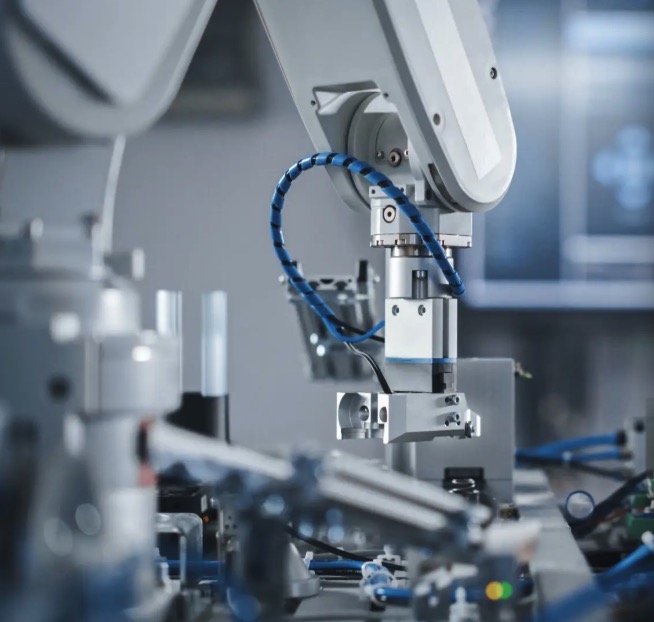T Thermocouple: The Ultimate Guide to Temperature Measurement
Abstract:
Welcome to the ultimate guide to temperature measurement using T thermocouples. In this comprehensive article, we will explore everything you need to know about T thermocouples, including their working principle, applications, advantages, and tips for accurate measurements. Whether you are a scientist, engineer, or simply interested in temperature measurement, this guide will provide valuable insights to enhance your understanding.
Table of Contents:
1. Introduction
2. Working Principle of T Thermocouples
3. Applications of T Thermocouples
4. Advantages of T Thermocouples
5. Tips for Accurate Temperature Measurement
6. Conclusion
1. Introduction
In the realm of temperature measurement, T thermocouples have gained significant popularity due to their reliability, accuracy, and versatility. Whether it’s monitoring the temperature in industrial processes, scientific experiments, or even household appliances, T thermocouples offer a cost-effective and efficient solution. Let’s delve deeper into how these remarkable devices work.
2. Working Principle of T Thermocouples
T thermocouples operate on the principle of the Seebeck effect, which states that a temperature gradient across two dissimilar metals generates a voltage. In the case of T thermocouples, the combination of copper (positive leg) and constantan (negative leg) creates an electrical potential difference proportional to the temperature difference. This voltage can be measured and converted into temperature using calibrated tables or mathematical equations.
3. Applications of T Thermocouples
T thermocouples find extensive applications in various industries. They are commonly used in HVAC systems, automotive engine monitoring, food processing, pharmaceutical manufacturing, and laboratory equipment. Their wide temperature range (-200°C to 350°C) makes them suitable for both high and low-temperature applications.
4. Advantages of T Thermocouples
One of the key advantages of T thermocouples is their durability and reliability in harsh environments. They are resistant to corrosion, vibration, and electromagnetic interference, ensuring accurate measurements even in challenging conditions. Additionally, T thermocouples offer fast response times, allowing for real-time monitoring and control of temperature-sensitive processes.
5. Tips for Accurate Temperature Measurement
To ensure accurate temperature measurement with T thermocouples, it is essential to consider a few key factors. First, proper installation and connection of the thermocouple wires are crucial to minimize errors caused by resistance and thermal gradients. Secondly, regular calibration and maintenance of T thermocouples are necessary to maintain their accuracy over time. Lastly, selecting the appropriate T thermocouple type based on the specific application and temperature range is vital for achieving reliable results.
6. Conclusion
In conclusion, T thermocouples are indispensable tools for temperature measurement due to their reliability, versatility, and cost-effectiveness. Whether you are monitoring industrial processes, conducting scientific research, or simply checking the temperature of your oven, T thermocouples provide accurate and real-time measurements. By understanding their working principle, applications, advantages, and following the tips for accurate measurement, you can harness the full potential of T thermocouples and optimize your temperature-related endeavors.
Remember, accurate temperature measurement is the key to success in various fields, and T thermocouples are your trusted companions on this journey.
So, dive into the world of temperature measurement with T thermocouples and unlock endless possibilities!
HTML Output:
T Thermocouple: The Ultimate Guide to Temperature Measurement
Abstract:
Welcome to the ultimate guide to temperature measurement using T thermocouples. In this comprehensive article, we will explore everything you need to know about T thermocouples, including their working principle, applications, advantages, and tips for accurate measurements. Whether you are a scientist, engineer, or simply interested in temperature measurement, this guide will provide valuable insights to enhance your understanding.
Table of Contents:
- Introduction
- Working Principle of T Thermocouples
- Applications of T Thermocouples
- Advantages of T Thermocouples
- Tips for Accurate Temperature Measurement
- Conclusion
1. Introduction
In the realm of temperature measurement, T thermocouples have gained significant popularity due to their reliability, accuracy, and versatility. Whether it’s monitoring the temperature in industrial processes, scientific experiments, or even household appliances, T thermocouples offer a cost-effective and efficient solution. Let’s delve deeper into how these remarkable devices work.
2. Working Principle of T Thermocouples
T thermocouples operate on the principle of the Seebeck effect, which states that a temperature gradient across two dissimilar metals generates a voltage. In the case of T thermocouples, the combination of copper (positive leg) and constantan (negative leg) creates an electrical potential difference proportional to the temperature difference. This voltage can be measured and converted into temperature using calibrated tables or mathematical equations.
3. Applications of T Thermocouples
T thermocouples find extensive applications in various industries. They are commonly used in HVAC systems, automotive engine monitoring, food processing, pharmaceutical manufacturing, and laboratory equipment. Their wide temperature range (-200°C to 350°C) makes them suitable for both high and low-temperature applications.
4. Advantages of T Thermocouples
One of the key advantages of T thermocouples is their durability and reliability in harsh environments. They are resistant to corrosion, vibration, and electromagnetic interference, ensuring accurate measurements even in challenging conditions. Additionally, T thermocouples offer fast response times, allowing for real-time monitoring and control of temperature-sensitive processes.
5. Tips for Accurate Temperature Measurement
To ensure accurate temperature measurement with T thermocouples, it is essential to consider a few key factors. First, proper installation and connection of the thermocouple wires are crucial to minimize errors caused by resistance and thermal gradients. Secondly, regular calibration and maintenance of T thermocouples are necessary to maintain their accuracy over time. Lastly, selecting the appropriate T thermocouple type based on the specific application and temperature range is vital for achieving reliable results.
6. Conclusion
In conclusion, T thermocouples are indispensable tools for temperature measurement due to their reliability, versatility, and cost-effectiveness. Whether you are monitoring industrial processes, conducting scientific research, or simply checking the temperature of your oven, T thermocouples provide accurate and real-time measurements. By understanding their working principle, applications, advantages, and following the tips for accurate measurement, you can harness the full potential of T thermocouples and optimize your temperature-related endeavors.
Remember, accurate temperature measurement is the key to success in various fields, and T thermocouples are your trusted companions on this journey.
So, dive into the world of temperature measurement with T thermocouples and unlock endless possibilities!




